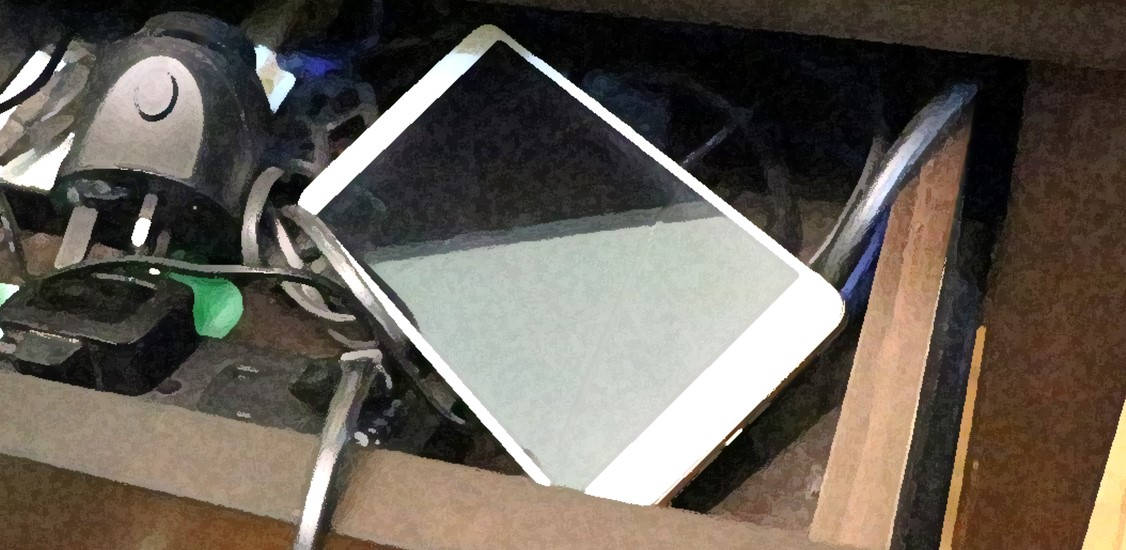The smartphone market has softened for a number of reasons. And it’s not just because of economic slowdowns in places such as China as pointed out by Apple CEO Tim Cook recently. This slowdown in sales can also be attributed to a lack of exciting new features, longer device life and consumers keeping their devices longer than ever due to rising prices. The new iPhone X, for example, will set a consumer back by about $1,000.
One result of the device market downturn is that major phone makers, including Apple and Samsung, are increasing their investments in the secondary device channel. This increase is partly fueled by consumers being more willing to trade in their devices or buy used smartphones. Original equipment manufacturers (OEMs), third-party logistics providers (3PLs) and operators all have a big stake in supporting the success of the rising secondary device market and making sure disruption to the used device supply chain is minimal.
The second-hand device ecosystem, and its growth, is indelibly linked to consumer trust in the process. Buyers must be confident that personal data residing on traded-in devices will not fall into the wrong hands. It’s up to OEMs, 3PLs and operators to make sure this trust is built and maintained. Only then will the secondary device market reach its full potential.
Data misuse is a real concern
The secondary mobile device market is already a success story in its own right. What began as a way to keep old devices out of the landfills has grown into a global industry estimated to be worth more than $50 billion by 2022, according to IDC. Operators that are eager to find new revenue streams to fund required investments in new technology like 5G, as well as OEMs who want to incentivize consumers to regularly upgrade to new devices, are investing in extensive used device buyback programs. With the help of 3PLs, both types of organizations hope to recover as much latent financial value as possible from these old devices. However, these organizations should also note and address factors that could potentially disrupt the growth of the second-hand smartphone market.
One of the factors inhibiting the growth of the secondary device market is that many old smartphones aren’t traded in. A good percentage of consumers are more comfortable throwing their old device into a drawer rather than trading it in for a new one due to concerns that their personal data, pictures, etc., residing on their phone may fall into the wrong hands. Some of this mistrust can be tied directly to recent events regarding large web and technology providers, including Facebook.
There is a growing consumer awareness (and concern) of how data is being harvested and used without prior knowledge due to the 2018 Facebook/Cambridge Analytica scandal. While much of this scrutiny has focused on Facebook and other web giants, the fact is that all consumer-facing organizations must be completely transparent and ethically responsible when it comes to the collection and management of consumer data. Despite the lack of control of how large web companies are using (or misusing) data, there is still a great deal that operators, OEMs and 3PLs can do to make sure consumers can trust that personal data that resides on their trade-in device is securely and permanently erased.
Consumer trust is a global issue
To understand and gauge the importance of consumer trust in the future success of the secondary mobile device market, as well as customer awareness of trade-in opportunities, Blancco surveyed 5,000 consumers from the U.S., U.K., Germany, India and the Philippines to determine attitudes from consumers across the globe. The results show a definite link between consumer trust (or lack thereof) and willingness to trade in older devices for the latest and greatest smartphone.
One key takeaway from the research is that sensitivities around potential data misuse prevents many consumers from engaging with the secondary device market. In fact, 40 percent of global consumers expect collecting organizations to follow stringent processes and guidelines around data security, while 66 percent show some level of concern that the data stored on their old devices might be accessed or compromised after trade-in. In addition, more than a quarter of consumers (26 percent) choose not to trade in their devices because of these concerns.
The bottom line is this: If the secondary mobile device market is to deliver the value that operators, OEMs and 3PLs need, two things must happen:
1) Consumers must be made aware of the value of trading in old devices and be willing to engage in the process
58 percent of global consumers surveyed have yet to trade in a new device
42 percent of consumers haven’t been offered the service
2) Consumers must have high trust that their old device data will not fall into the wrong hands
26 percent of consumers have serious concerns about data stored on their old devices being accessed or compromised
64 percent have never traded in a device but would do so if greater assurances were made around more responsible data management and erasure
These findings provide clear evidence that consumers are willing to engage with the secondary market in return for greater assurances and tighter controls around data privacy.
Conclusion
Despite the incredible success of the secondary device market to date, it still has potential for further growth and will undoubtedly deliver many benefits to the consumers, operators, OEMs and 3PLs, including major environmental perks. For additional growth to occur, stakeholders must demonstrate that they are addressing consumer anxiety over securing residual personal data and taking steps to alleviate these concerns. Not only will developing and maintaining responsible processes to data management and secure erasure be a huge step in the right direction, it will encourage consumers to trade-in those old devices rather than stuffing them into a junk drawer. This is a win-win for smartphone users as well as OEMS, operators and 3PLs looking to increase the secondary device market revenue stream.




















